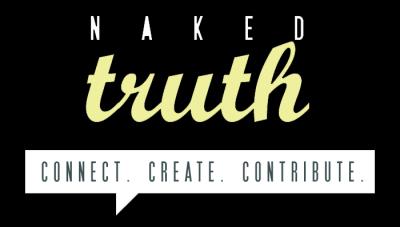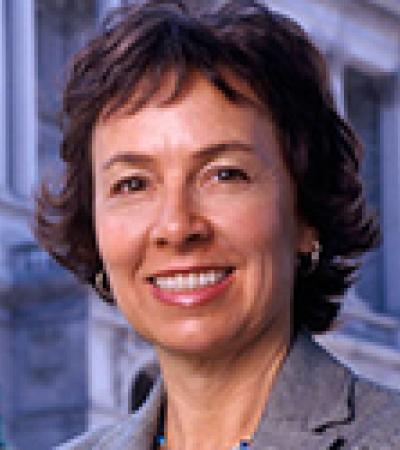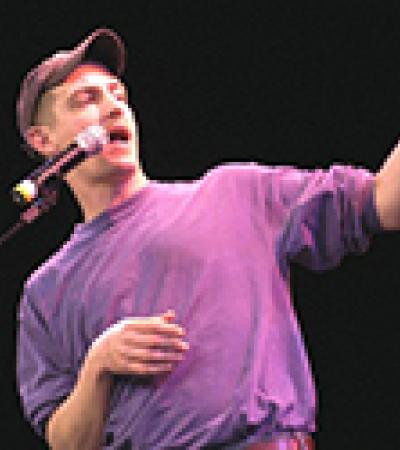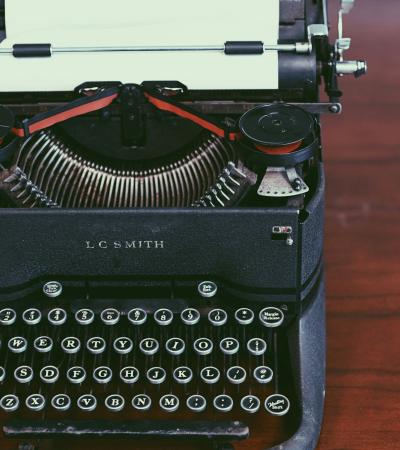“Naked Truth,” a program inspired by “StoryCorps” and NPR’s “The Moth” storytelling model, started as a single live event in 2011 at Mill Valley (Calif.) Public Library. It has since expanded to include storytelling workshops, a website that features the live events, and an online toolkit to assist other libraries in implementing the program. PPO intern Janelle Jones caught up with Cara Brancoli-Monchicourt, curator of “Naked Truth” and senior reference librarian at the Mill Valley Public Library, and discussed the ins and outs of the program, memorable moments and the impact “Naked Truth” has had on her community.
"Naked Truth"'s creators will present on Monday, June 29, 2015, at ALA's 2015 Annual Conference in San Francisco. Add the program to your schedule.
Image

Programming Librarian: Tell us about “Naked Truth.” What happens during the live events?
Cara Brancoli-Monchicourt: The event starts with a 30-minute wine reception and a sort of mingling session. We host the event in our Main Reading Room, which is big enough to seat over 300 people comfortably but warm and intimate at the same time. The very talented Josh Healey, an award-winning writer, performer and creative activist, is our emcee, and he really makes the event come alive. We usually have five to seven performers and Josh introduces each person, and then he tells a story at the end of each “Naked Truth: Connect” event. Each storyteller has 10 minutes to tell a story based on the theme without notes.
PL: How did this program begin?
CBM: We wanted to do something historic in celebration of the library’s centennial year in 2011, so we launched our First Friday series. The First Friday series are free, large-scale events in which we present different narratives and ideas. The “Naked Truth” true storytelling originated as part of the First Friday series. The first “Naked Truth” took place as a First Friday in June 2011. Over 300 people attended.
PL: Wow. Sounds like the community really responded well to it.
CBM: Oh, absolutely. We saw that our patrons really enjoyed listening to other people’s stories, so we decided to offer the program again as a First Friday in February 2012. And now, “Naked Truth” happens three times a year as part of the First Friday series in June, February and September.
PL: Are the events always well attended?
CBM: Yes. We average 200 to 300 people for each event. In fact, the response has been so overwhelming that we decided we should expand it in 2013.
PL: Right. “Naked Truth” became “Naked Truth: Connect, Create, and Contribute” (NT:CCC). Tell me about this change.
CBM: Like I said, we noticed our patrons really enjoyed listening to other people’s stories, but we noticed they also wanted to share their own, but they didn’t know how. So we wanted to equip them with the tools and knowledge they needed to do that, whether those stories were told digitally or through live performances. We also wanted to create an online platform where these stories could be uploaded and shared. We pitched this idea as part of a grant application through the Institute of Museum and Library Services (IMLS), and we got it. So now, in addition to the live events, we provide live and digital storytelling workshops and a website to share these stories with everyone.
PL: How have the workshops been going?
CBM: They have been so amazing and wonderful. Everyone has a story to tell. The trick is just helping them figure out how to tell it. But even beyond the storytelling aspect, in each workshop we have a group of people coming together, helping and encouraging each other. It is so rewarding because they walk out of the workshops like they have known each other all their lives. It really inspires a sense of community amongst our patrons, and that is impactful.
PL: How did you find the speakers for the events?
CBM: I would watch storytelling series like “Porchlight,” “This American Life” and “The Moth” and find people I thought would be a great fit and then just email them. Also I would ask our past participants if they could refer some other people, and eventually the list just grew.
PL: Are you able to pay your speakers?
CBM: Originally we weren’t. But most of the people I asked had very fond memories of libraries and were very willing to support us. But after the centennial, an amazing thing happened in our community. It was like the love and excitement for the library was revived and our community became very supportive of us. An organization called Friends of the Mill Valley Library started doing book sales from the book donations they received and they donate that revenue to the library. So because of their support, we are able to pay an honorarium to our storytellers.
PL: You probably have plenty, but can you think of your most memorable moment with this program?
CBM: What is most powerful about the program is the way it brings people together and allows them to share in their common humanity. One event in particular comes to mind. It was a live storytelling performance and screening of digital stories created via NT:CCC. The evening began with a story from Marcus Byruck, a Mill Valley resident and a participant in one of the live storytelling workshops. Marcus told a story about his memory loss. He began by saying, "I am not talking about age-related forgetfulness. Everyone's memories fade over time. And I'm not talking about Alzheimer’s either. I am talking about what most people think of as amnesia. In my case, all, and I mean ALL, of my past memories have been erased. They're all in a black hole…" As Marcus said this, there was an audible gasp from the 300-plus people in the audience. We were all with Marcus at that moment and wanted to know more about his story and understand his experience. As he finished his story, he was embraced by his family in the front row and the audience rose to their feet in a standing ovation. It was a moment that will stay with me for many years to come, and I believe attendees felt the same.
PL: That is a really great story. Were you able to share this story though the website?
CBM: It was. And it resonated with people all over. The story was shared within the local Mill Valley community, then made its way to the East Coast and to several other countries, as well. The response really demonstrates the new ways libraries can not only house stories, but nurture and share our stories, and perhaps most importantly, bring us together.



